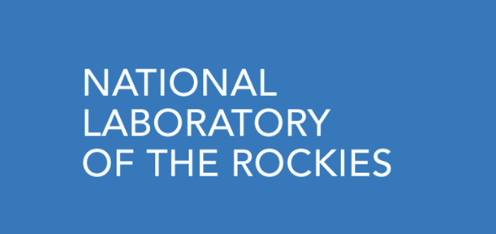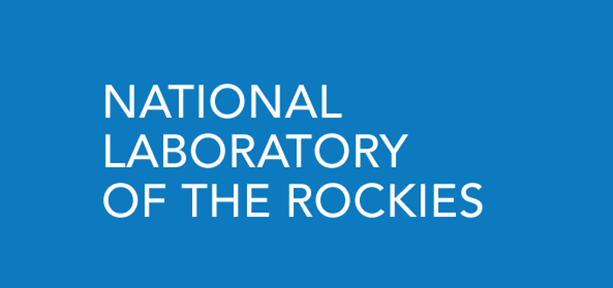Refinery Co-processing Models (RCPM)

Abstract:
Refinery Co-Processing Models are process yield models developed to evaluate co-processing of biomass-derived intermediates in petroleum refinery unit operations with traditional crude-separated feeds. The primary focus of the refinery unit models are fluid catalytic cracking (FCC), development of which is led by NREL, and hydroprocessing (treating and cracking), development led by PNNL. The models enable cost analysis for completing final steps of biofuel upgrading within a petroleum refinery, which reduces required capital investments at the biorefinery facility, decreasing overall production costs for biofuels.
Model/Tool Platform:
Aspen HYSYS / MS Excel
General Modeling Type:
Engineering process
Primary analytical purpose:
Techno-economic analysis:
Technical and economic analysis of technologies or systems of technologies.
Secondary analytical purpose:
Feasibility/Implementation assessment:
Assessment of the feasibility or implementation of technologies and feedstocks in terms of operations or in the context of their landscape or market.
Metric categories:
- Environmental:
- Air Quality (non-GHG emissions)
- Environmental Productivity (feedstock-related, e.g., NPP or yield)
- GHG Emissions
- Water Impacts (quality and/or quantity)
- Socio-economic:
- Process Productivity (conversion-related, e.g., yield)
- Techno-economic Impact
Geospatial resolution:
Field/Watershed
Temporal resolution:
Days
Laboratory:
NLR - National Laboratory of the Rockies
Principal investigator:
Mike Talmadge
Model start year:
2015
Model last updated:
2017
Development status:
Fully Developed with periodic updates
Level of validation/review:
Internal QA/QC or Peer Review
Links:
Model scope:
Biomass Supply
Feedstock Logistics
Conversion
Distribution
End Use
- Conversion Technology
- Lignocellulosic Biomass to Biocrude Intermediate (TC)
- Waste to Biocrude Intermediates (HTL)
- Biomass-Based Oil Extraction
- Oil Catalytic Upgrading
- Algal Oil
- Algae to Biocrude Intermediate (HTL)
- HEFA
- Products/Process Outputs
- Transportation Fuels - Renewable Diesel
- Transportation Fuels - Renewable Gasoline
- Transportation Fuels - Renewable Jet
- Other Transportation Fuels
- Intermediate - Clean Biomass-based Crop Oils
- Intermediate - Clean Biomass-based Algal Oils
- Intermediate - Pyrolysis or Biocrude Intermediate
- Other Intermediate
- Transportation Market Segment
- Light Duty Vehicles
- Heavy Duty Vehicles
- Trains
- Aviation
- Marine
- Other Transportation Segment
1
2
3
4
Analytical Purpose
Supply Chain Elements
Biomass Supply
Feedstock Logistics
Conversion
Distribution
End Use
Information last updated: Sep. 17, 2019 13:45:46 EDT
